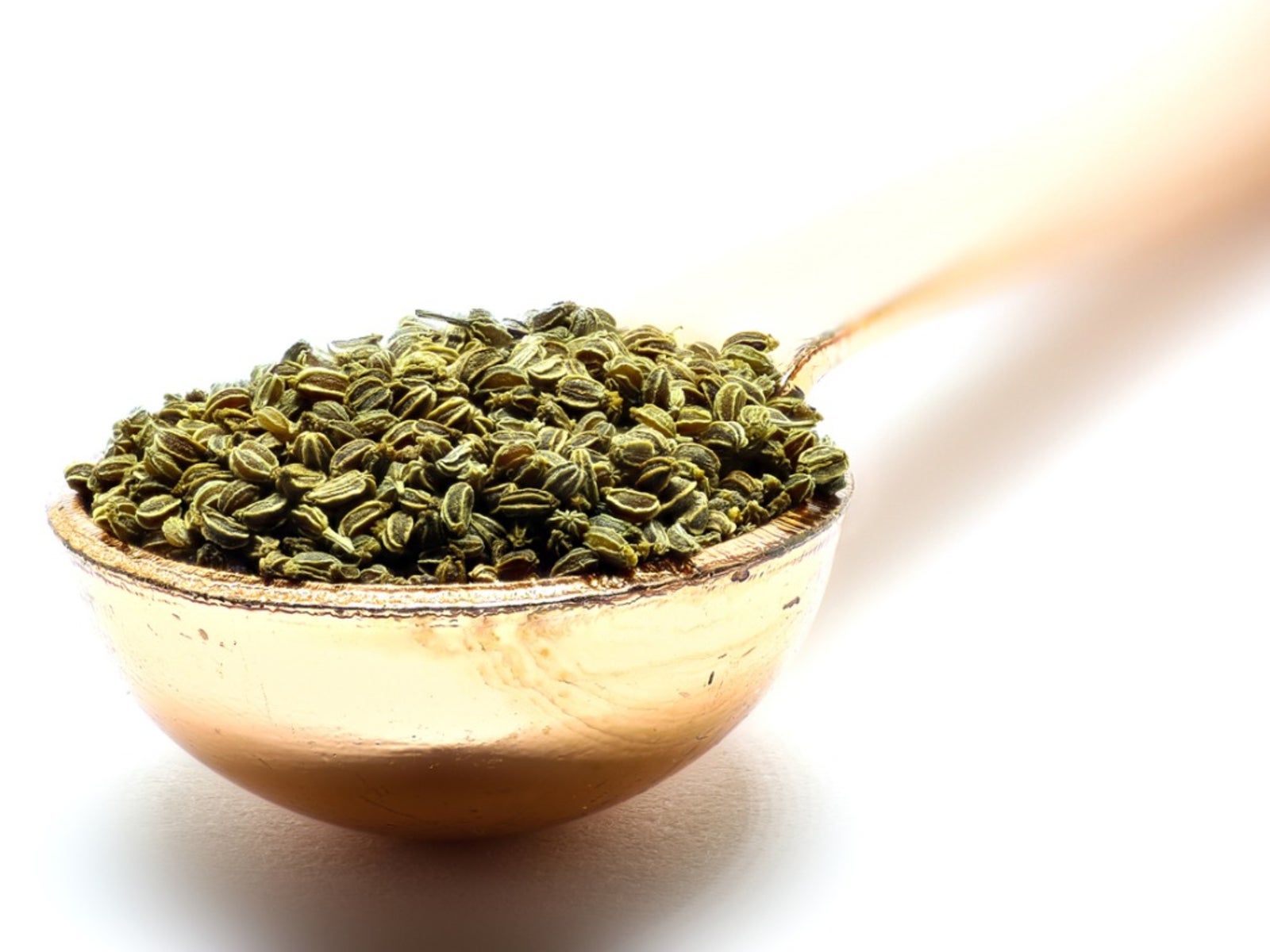Saving Celery Seeds – How To Harvest Celery Seeds


Celery seed is a common kitchen staple used in salads, dressings, and other recipes. It is available in supermarkets, but think how much more flavor the fresh seed from your celery would hold. Saving celery seeds just requires a little timing and knowledge of the life cycle of this plant. Here are some tricks on how to harvest celery seeds, allowing you to capture the intense flavor of the spice when fresh.
Celery Seed Harvesting
Celery seed has a long history of use as a medicament and spice. As an herb, it was thought to help with digestion and appetite, cure colds and flu, enhance liver and spleen health, treat arthritis, and even help reduce water retention. Today, it is primarily used as a seasoning. When you know how to save celery seeds properly, fresh seed can last for up to five years. That is a long-lived product in the spice cupboard that doesn’t cost a thing and may enhance your health. Celery is a biennial plant. That means that it won’t flower until the second year, and you certainly can’t start harvesting celery seeds until then. During the wait for seed-bearing flowers, you can harvest the flavorful stalks, just don’t take the central stalk, which is where the flower will form. In the second year, the central stalk will thicken and an umbel, or umbrella-shaped flower, will appear. The umbel is created out of numerous, tiny florets on short stems. Each floret is a tiny, white flower that collectively creates a burst of stars. Bees and butterflies are quite taken with the blooms, which resemble Queen Anne’s lace. As time marches on, the white petals will begin to fall off and the ovary will swell. This is where the seed is developing.
How to Harvest Celery Seeds
Wait until the seeds dry and turn tan to brown before celery seed harvesting. The swollen ovaries develop a carapace that is hard when ripe and the color deepens. The seeds will have vertical ridges around the edges that are lighter in color than the rest of the seed. You know it is time to harvest when the seeds fall off at the slightest touch or breeze. Harvesting celery seeds with the most flavors relies upon careful observation to ensure the seed is ripe. When the flower head is dry and the individual seeds are hard and dark-colored, cut the bloom carefully and shake the seed into a bag. Alternatively, bend the flower stalk into a bag and shake. This reduces the seed lost during cutting the head. Once celery seed harvesting is finished, it is time to store the seed to preserve its freshness and flavor.
How to Save Celery Seeds
To save whole seeds, pick out any flower debris and make sure seeds are dry before packing them into a container. Place seeds in a glass container with a tight-fitting lid. Label and date the seeds. Store the seeds in a cool, dark location for up to five years. Most cooks use celery seed whole, but you can also choose to grind it. Use a coffee grinder or mortar and pestle to make fresh, ground celery seed, which disperses more evenly in a dish. Saving celery seeds from the garden is a great way to harvest the natural, fresh flavors of the seasoning and tastes more intense than previously jarred seed from the store. Keeping those celery plants into the second year still provides you with tender, peripheral ribs for fresh eating as well as the starry burst of flowers. Harvesting celery seeds is just another boon in the life cycle of the humble celery plant.
Sign up for the Gardening Know How newsletter today and receive a free copy of our e-book "How to Grow Delicious Tomatoes".

Bonnie Grant is a professional landscaper with a Certification in Urban Gardening. She has been gardening and writing for 15 years. A former professional chef, she has a passion for edible landscaping.